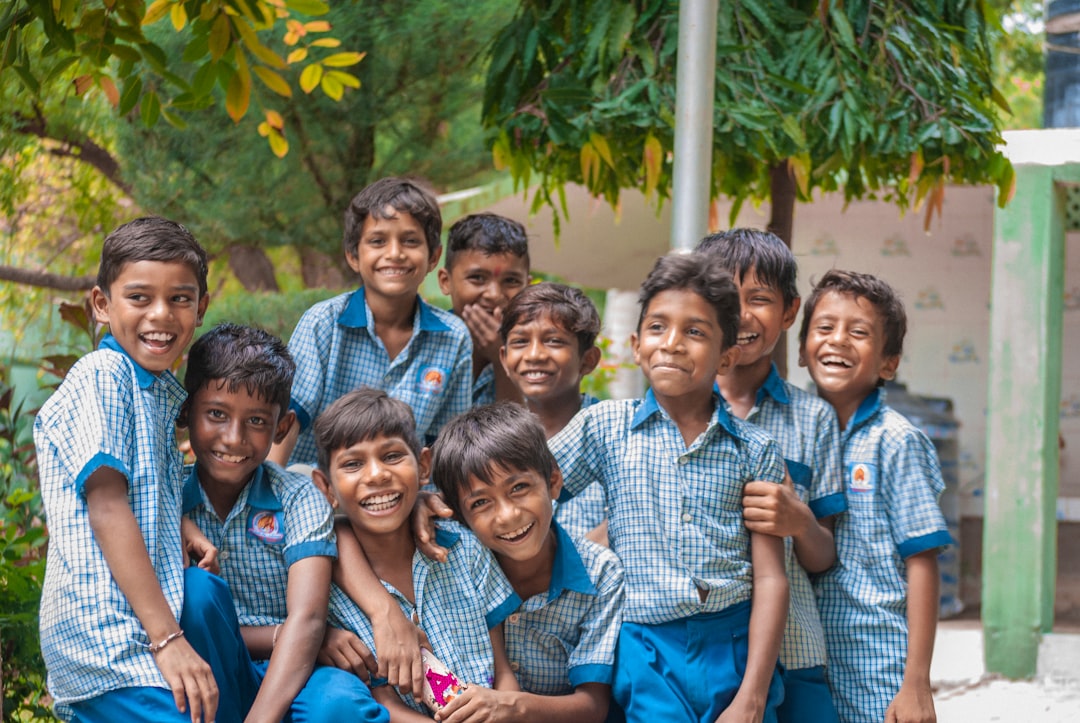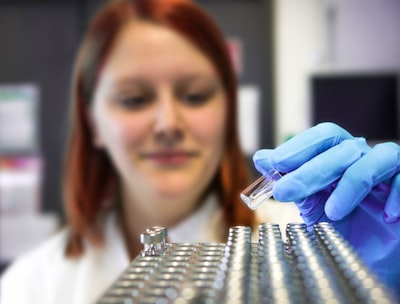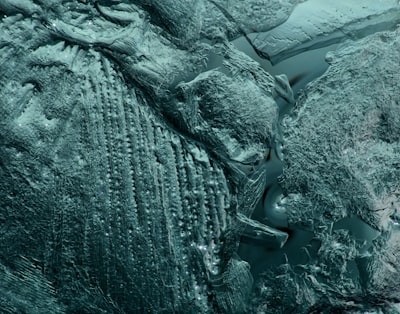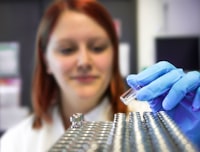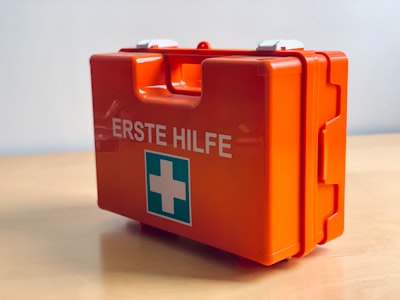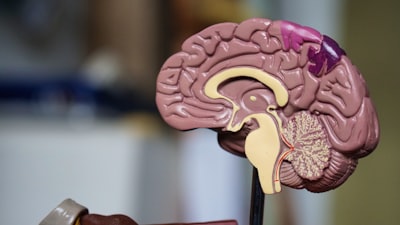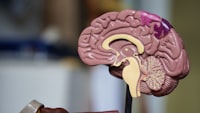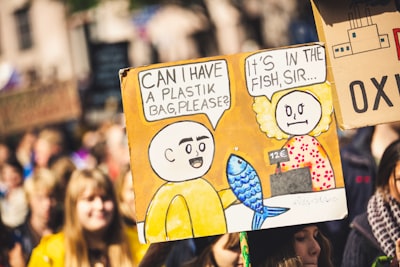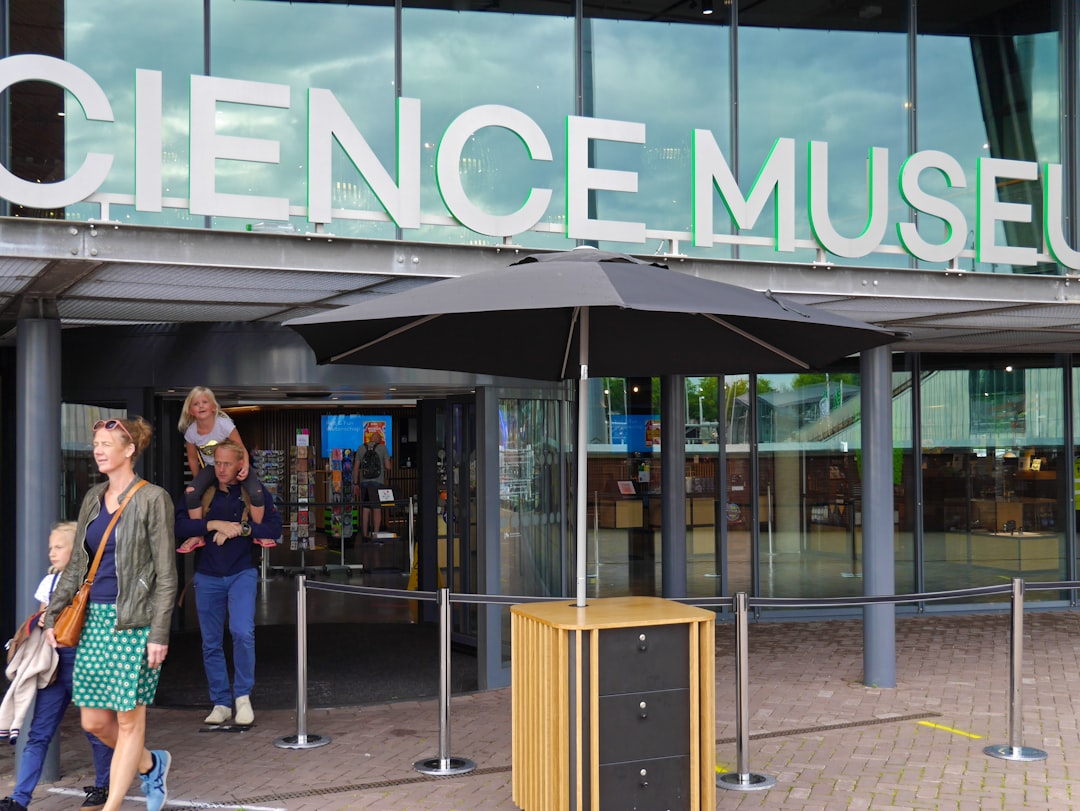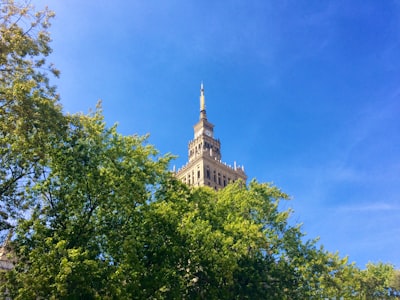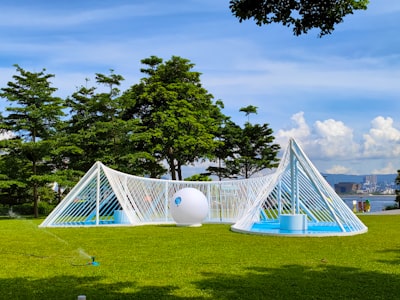Journal article
Evaluation of SST-2 Role in LVH Regression Obtained in Hypertensive Mice Models After Blocking Renin-Angiotensin System
Soluble ST2, is a protein which acts as a decoy receptor for interleukin-33, and served as biomarker associated with left ventricular hypertrophy (LVH). Few data exist in evaluating the effects of anti-hypertensive agents on the role-played form ST2 on regression of LVH. This study was designed to compare the effects of captopril and valsartan on blood pressures, plasma renin and soluble ST2 levels and regression of LVH in hypertensive mice models. Twenty-four male mice (Mus musculus L), were divided into four groups, namely aquadest/control, L-NAME, L-NAME + captopril and L-NAME + valsartan groups respectively. Mice blood pressures were measured on day 14th after induction with L-NAME extract 1.75 mg/25 g BW/day (pretreatment) and day 14th post treatment. Levels of plasma renin, sST2, and ventricular wall thicknesses reflecting LVHs, were measured on day 14th post treatment. Administration of L-NAME within 14 days resulted in making mice models to be hypertensive paralleled by an increase of Ventricular wall thickness. Treatment with captopril and valsartan lowered the blood pressures to normal level within the next 14 days. Valsartan and captopril treatment induced a significant decrease of plasma renin level. Valsartan, but not for captopril treatment prevented wall thickness increase (p < 0.05), while plasma sST2 was not able to mirroring this effect. Captopril and valsartan had similar effect in lowering plasma renin level and blood pressure, but sST2 seems to be not involved in LVH regression obtained in hypertensive mice models after blocking renin-angiotensin system.
